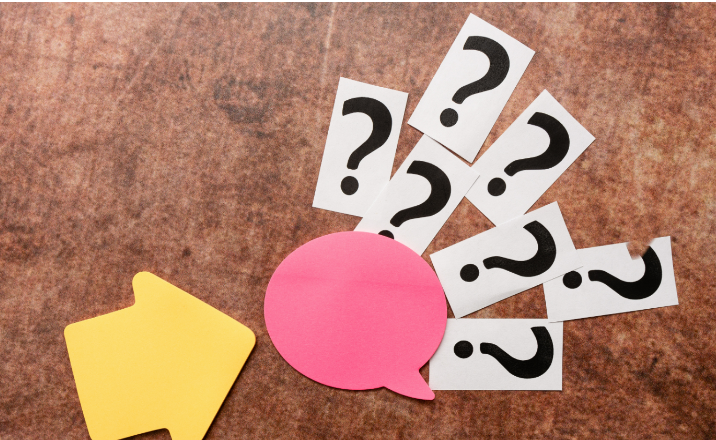- Enterprise dynamic
- Industry news
Enterprise dynamic
Not sticking firmly does not mean sticking firmly: Why does the sticker bulge after 24 hours of labeling?
Not sticking firmly does not mean sticking firmly: Why does the sticker bulge after 24 hours of labeling?
In recent years, self-adhesive labels have been widely used on product packaging, and the presence of self-adhesive labels can be seen on almost all types of product packaging. Adhesive labels are prone to problems during the sticking process, with the most prominent issue being bulging or warping after labeling. In the following two columns, the author will delve deeper into these two issues with everyone, hoping to help more label printing companies avoid such problems.
In general, there are two situations where the label bulges or curls up: one is when it appears within 24 hours of labeling, and in some severe cases, it even appears immediately after labeling; Another type is that the warping only occurs after 24 hours of labeling. If there is lifting immediately after labeling, production can be stopped immediately and the cause analyzed for targeted treatment. However, if the lifting of the label does not occur until 24 hours after labeling, the problem can be more troublesome to handle because some customers have already started packaging and shipping. If the lifting of the label is found at this time, it often delays the delivery time. At the same time, all products with lifting labels need to be reworked and re labeled, Causing significant economic losses to end users.
Many sticker material manufacturers often refer to the concepts of initial and final stickiness when providing training to printing personnel. The final stickiness refers to the stickiness produced by the adhesive fully bonding with the surface of the object after being placed above the minimum labeling temperature specified by the adhesive for 24 hours. Generally speaking, if the self-adhesive label does not curl up after 24 hours of labeling, it will basically not curl up again. However, this is not the case in reality. I have personally dealt with multiple complaint cases where the label gradually curls or bulges after 24 hours of labeling. In theory, after 24 hours of labeling, the adhesive has already reached its final adhesion and fully combines with the surface of the object being applied. Why does it still have the problem of warping or bulging? Overall, there are several main reasons.

Insufficient adhesive viscosity
Usually, when testing the viscosity of self-adhesive adhesive, we mainly test two indicators: initial adhesion and holding adhesion. The methods for testing initial viscosity are usually steel ball method or tensile testing method. The usual method for testing adhesion is the method of using a magic code test, which involves using self-adhesive to stick two standard steel plates with hooks together. Then, one steel plate is hung on a fixed frame, and a 2kg weight is placed on the other end. The duration of the hanging of the magic code is used to determine whether the adhesion is qualified.
Why test the initial adhesion and holding strength of glue? In fact, the initial adhesive force solves the problem of whether the label can be firmly attached, while the holding adhesive force solves the problem of whether the label can be firmly attached. In other words, if the label is attached to the surface of the object being pasted, it will immediately curl up, indicating that the initial adhesion of the adhesive is not enough. However, if there is no problem after 24 hours of labeling, and after 24 hours, the label gradually begins to curl up or bulge, it indicates that the adhesive's holding force is not enough.
We know that the surface layer of self-adhesive labels has a certain degree of stiffness, and usually the thicker the surface layer, the greater the stiffness. Especially after lamination, the label stiffness is greater. In practical applications, many labels are attached to curved surfaces, such as self-adhesive labels attached to the surface of a drum. Due to the fact that the object being attached is curved, while the self-adhesive label is flat, and the surface layer of the label has a certain degree of stiffness, the combination of these factors can cause the surface layer of the label to form a reverse tension under the influence of its own stiffness. This reverse tension has been struggling with the cohesion of the adhesive, If the cohesive force of the adhesive is less than the reverse tension of the label, the label will gradually become warped or bulged after 24 hours of labeling. The holding force of adhesive is an important indicator of the cohesive force of adhesive. If the holding force is not enough, it often indicates that the cohesive force of adhesive is not enough. Simply put, the internal bonding force cannot resist the reverse tension of the surface layer, causing the adhesive to layer and ultimately leading to label warping. We can observe that after 24 hours of labeling, labels that become warped often have residual adhesive left on the surface of the object being labeled when removed, indicating that the adhesive has delaminated under the reverse tension of the label.
In summary, the adhesive holding force of adhesive is an important indicator reflecting the stickiness of self-adhesive labels, which will directly affect whether the labels can be firmly attached. If the adhesive holding force is not enough, it is likely to cause the label to curl up after sticking for a period of time. Therefore, it is recommended that label printing companies attach great importance to this indicator, purchase testing equipment to conduct initial and holding tests on each batch of adhesive raw materials, and combine the factory inspection report provided by the material supplier to determine whether this batch of adhesive materials is suitable for use.

Here, based on the actual production situation of label printing enterprises, the following issues are specifically explained:
(1) Many adhesive manufacturers have relatively loose standards for adhesive strength. Sometimes, after using several batches of a material, there is no problem. However, suddenly, a batch of labels becomes warped, and after testing, the supplier claims that the adhesive material meets the factory standards. In this case, the adhesive value of the problematic batch of adhesive materials often falls within the lower limit of the qualified standard, while the adhesive value of the previous batches of adhesive materials may be within the upper limit of the qualified standard. At this time, it cannot be said that the supplier's adhesive materials are unqualified, only that the materials with adhesive lower limit are not suitable for the customer's application. In order to avoid the losses caused to label printing companies by this situation, it is necessary for label printing companies to make detailed records of the adhesive value of each batch of incoming materials. Once it is found that the adhesive value of a certain batch of self-adhesive material is lower than that of the previous batches, it is recommended to use it carefully, and it is best to communicate with the raw material supplier before use.
(2) The adhesion test requires a certain amount of time, usually 24-48 hours. Some label printing companies may have a tight schedule from receiving materials to printing processing. If they wait for the results of the adhesion test before production, it will be too late. In this case, it is recommended to produce while testing, which is also an unavoidable solution. Generally speaking, after production is completed, the test results are also almost available. Based on the test results, it is determined whether there is any application risk for this batch of materials. If there is no risk, it is released. If there is a risk, it is controlled and not shipped to avoid causing greater losses.
(3) Some label printing companies have a complex order structure and cannot perform adhesion testing on every variety and batch. In this case, it is recommended to conduct adhesion testing on key customers or orders to avoid causing significant losses to the company due to inadequate adhesion. Simply put, it is to focus on the big and let the small go.






